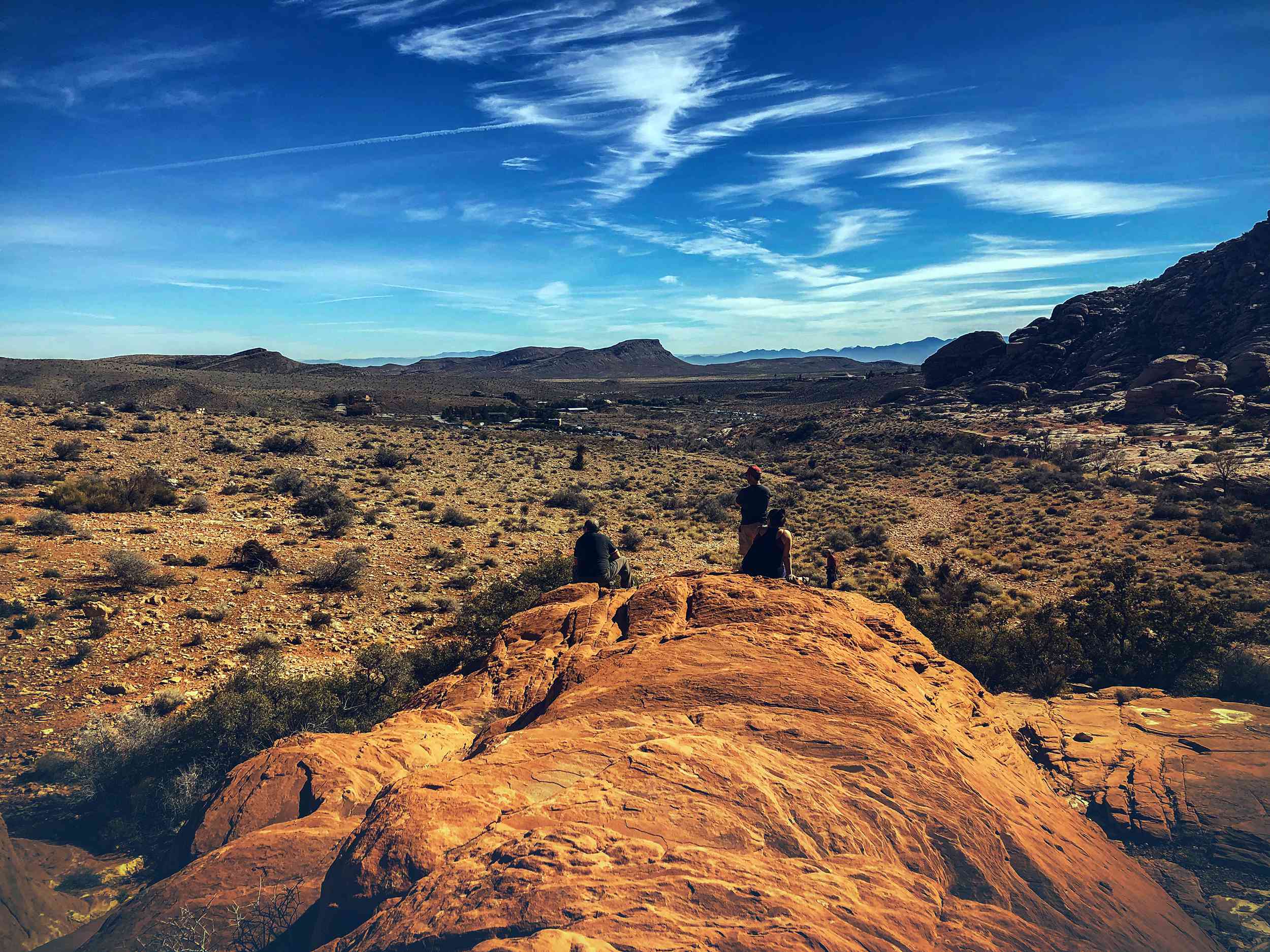Table of Contents
Can You Drink Tap Water in Spring Valley?
Yes, tap water is drinkable.
Tap Safe includes data from many publicly available sources, including the WHO (World Health Organization), CDC (Center for Disease Control), and user submitted databases, but unfortunately there's not enough data about Spring Valley.
To see user submitted ratings of the water quality for Nevada, see the "User Submitted Ratings" box on this page.
Is tap water safe to drink in Spring Valley?
Yes, Spring Valley’s tap water is generally considered safe to drink as it met the EPA’s water quality mandates in its 2020 Water Quality Report. From April 1, 2018 to June 30, 2021 Spring Valley’s Las Vegas Valley Water District has had no Safe Drinking Water Act Violation. One should not get sick from drinking Spring Valley tap water.
Though Spring Valley’s tap water is generally safe to drink, one should consider the possible safety impacts of low levels of regulated contaminants, unregulated contaminants, and water quality issues caused by severe weather.
While Spring Valley’s tap water is generally safe to drink, long-term residents may consider using water filters for their everyday drinking, as the EPA is still assessing the health impacts of long-term exposure to certain contaminants that they do not yet have regulations for, and long term exposure to certain contaminants which are already regulated, but below the currently acceptable levels.
Where Does Spring Valley Tap Water Come From?
According to Spring Valley’s 2020 Water Quality Report, Las Vegas Valley Water District obtains water for its customers from several sources:
Lake Mead
About 90 percent of your water comes from Lake Mead. Nearly all of the lake’s water originates as snowmelt in the Rocky Mountains that flows down the Colorado River. The remaining water—about 10 percent—comes from wells that tap a deep groundwater aquifer beneath the Las Vegas Valley. That aquifer is naturally replenished by precipitation in the Spring Mountains and the Sheep Range. Groundwater is used mainly May 1-Oct. 1 each year to meet peak water demand. If you live or work within several miles of the Water District’s offices at Charleston and Valley View boulevards, or in the northwest valley, you may receive a blend of groundwater and treated Lake Mead water.
Main Contaminants Found in Spring Valley Tap Water
As we mentioned above, Spring Valley tap water meets the requirements set by the EPA. For more precise information please see their 2020 Water Quality Report. Though Spring Valley drinking water meets EPA standards that does not mean it is contaminant free as there are levels that the EPA considers acceptable. Though the EPA regulated contaminants must meet a certain threshold for the city’s water to be deemed acceptable, many are still present in the drinking water at some level. The EPA continues to evaluate the long term impacts of these chemicals as more research is available. For example, the rules around arsenic, as well as, lead and copper are currently being re-evaluated.
Additionally, there are a number of “emerging” contaminants that the EPA has not determined acceptable levels for and is currently researching. For example, Per- and polyfluoroalkyl substances (PFAS), for which the EPA has issued a health advisory. PFAS are also called ‘forever chemicals’ since they tend not to break down in the environment or the human body and can accumulate over time. We do not yet fully understand the dangers of PFAS as they are currently being investigated. We do not have any information on PFAS in Spring Valley’s drink water, so there may be a risk of contamination.
Lead piping is another potential source of contamination for many homes, both through service lines and in your home. The National Resource Defense Council has a great walk-through on how to determine if you may have lead service lines.
So while Spring Valley’s tap water does meet the requirements set by the EPA, it still makes sense to try to purify the tap water further to reduce contaminants to lower levels.

USER SUBMITTED RATINGS
- Drinking Water Pollution and Inaccessibility
- Water Pollution
- Drinking Water Quality and Accessibility
- Water Quality
The above data is comprised of subjective, user submitted opinions about the water quality and pollution in Spring Valley, measured on a scale from 0% (lowest) to 100% (highest).
Related FAQS
Contaminants
Las Vegas Valley Water District
EWG's drinking water quality report shows results of tests conducted by the water utility and provided to the Environmental Working Group by the Nevada Division of Environmental Protection, as well as information from the U.S. EPA Enforcement and Compliance History database (ECHO). For the latest quarter assessed by the U.S. EPA (January 2019 - March 2019), tap water provided by this water utility was in compliance with federal health-based drinking water standards.
Utility details
- Serves: 1347550
- Data available: 2012-2017
- Data Source: Surface water
- Total: 31
Contaminants That Exceed Guidelines
- Arsenic
- Bromodichloromethane
- Bromoform
- Chloroform
- Chromium (hexavalent)
- Dibromoacetic acid
- Dibromochloromethane
- Dichloroacetic acid
- Haloacetic acids (HAA5)†
- Nitrate
- Nitrate and nitrite
- Total trihalomethanes (TTHMs)†
- Trichloroacetic acid
- Uranium
Other Detected Contaminants
- 2
- 4-D
- Aluminum
- Barium
- Bromide
- Chlorate
- Chromium (total)
- Di(2-ethylhexyl) phthalate
- Fluoride
- Manganese
- Molybdenum
- Monobromoacetic acid
- Monochloroacetic acid
- Radium
- combined (-226 & -228)
- Selenium
- Strontium
- Testosterone
- Vanadium
Reminder
Always take extra precautions, the water may be safe to drink when it leaves the sewage treatment plant but it may pick up pollutants during its way to your tap. We advise that you ask locals or hotel staff about the water quality. Also, note that different cities have different water mineral contents.